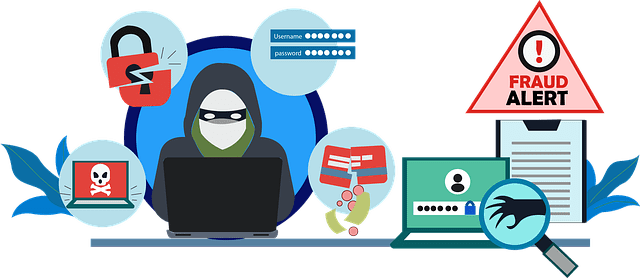Phishing attacks continue to be one of the most significant security threats businesses face today. Just a single click by an unsuspecting employee can result in sensitive data breaches, financial losses, and reputational damage. In order to combat this threat, organizations have turned to phishing security testing as an essential tool for evaluating and improving their defenses. Among the many options available, simulators stand out for their effectiveness and ease of use. In this post, we will explore why employing simulators for phishing security testing is crucial and delve into a few key strategies that organizations can employ to ensure effective testing.
The Importance of Phishing Security Testing
Organizations aiming to strengthen their cybersecurity systems should also boost awareness with phishing simulator tools among their employees.
Effective phishing security testing helps organizations assess their vulnerability to phishing attacks and identify potential weaknesses within their systems. By simulating real-world scenarios where employees are targeted with emails designed to trick them into divulging sensitive information, organizations gain valuable insights regarding the readiness of their workforce to handle such threats.
Simulator Advantage
While there are various methods of conducting phishing security tests, using simulators has proven to be highly effective due to several key advantages:
1. Realistic Scenarios
Simulators are designed to replicate real-life phishing attacks more closely than other forms of testing. They simulate various types of attack vectors and provide employees with a realistic feel for what cyber threats actually look like in their everyday email inboxes.
2. Customize Campaigns
Simulators enable companies to create tailored campaigns that mirror specific scenarios relevant to the organization. This allows companies to test against unique risks they may face based on industry or other factors.
3. Employee Training
Phishing simulation exercises serve as excellent training opportunities for employees without exposing them or the company’s data to any real threats. This way, employees learn how to recognize and respond appropriately when faced with suspicious emails.
4. Baseline Measurement
By conducting regular phishing tests using simulators, organizations establish baseline metrics that help evaluate changes in employee behavior over time. The analytics provided by these campaigns help companies track and measure improvement and areas in need of further attention.
Effective Strategies for Phishing Security Testing
To ensure the effectiveness of phishing security testing using simulators, organizations should consider the following strategies:
1. Phased Approach
Begin with a small-scale test to establish a baseline measurement of employee susceptibility. This allows organizations to assess their current level of vulnerability and tailor future tests accordingly.
2. Customized Campaigns
Create simulated phishing campaigns based on industry-specific trends, such as those identified by regulatory bodies or real-life breach incidents. Customization helps make the training more relevant and focused.
3. Variety in Attacks
Utilize different types of phishing attacks, such as spear-phishing or credential harvesting attempts, to expose employees to a wide range of potential threats they may encounter in real-life scenarios.
4. Regular Testing
Regular phishing tests should be conducted to reinforce awareness and consistently modify employee behaviors over time. Infrequent testing offers limited value as employees may become complacent, while regular testing creates an environment of continuous improvement.
5. Employee Education and Communication
Integrate educational materials about phishing attacks into training programs that provide context on why they are integral to overall cybersecurity efforts. Involve executive-level support throughout all stages of testing implementation so that employees understand its significance within the organization.
Closing Thoughts
In today’s digital landscape, where cybercriminals continuously refine their tactics, it is vital for organizations to keep up-to-date with effective measures against phishing attacks. Phishing security testing using simulators not only helps identify vulnerabilities but also boosts employee awareness and responsiveness to these threats. Additionally, it also empowers organizations by providing actionable insights that can be used to strengthen both preventive measures and incident response plans. With proper planning, implementation, and monitoring, this approach can significantly enhance an organization’s overall resilience against these pervasive attacks. A commitment toward continuous improvement strengthens defenses, fosters a cybersecurity-minded culture, and yields long-term benefits for organizations across sectors.



































